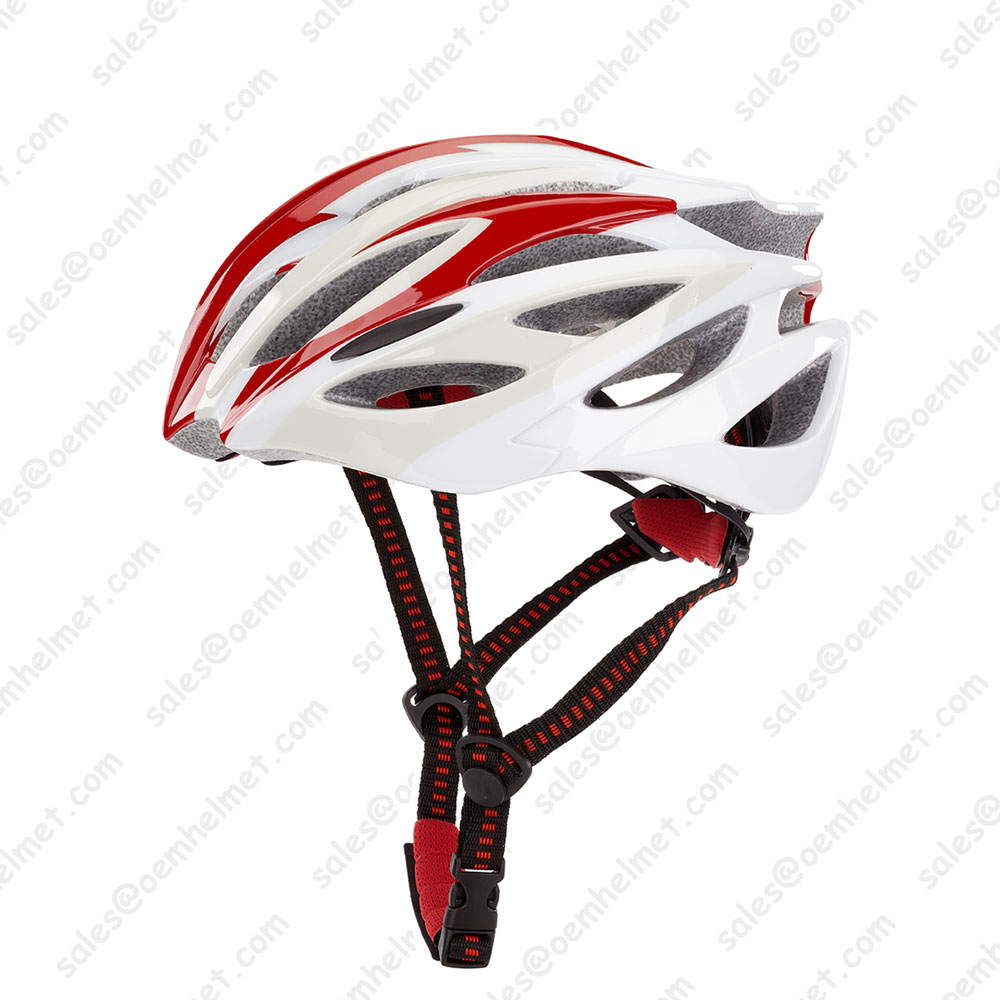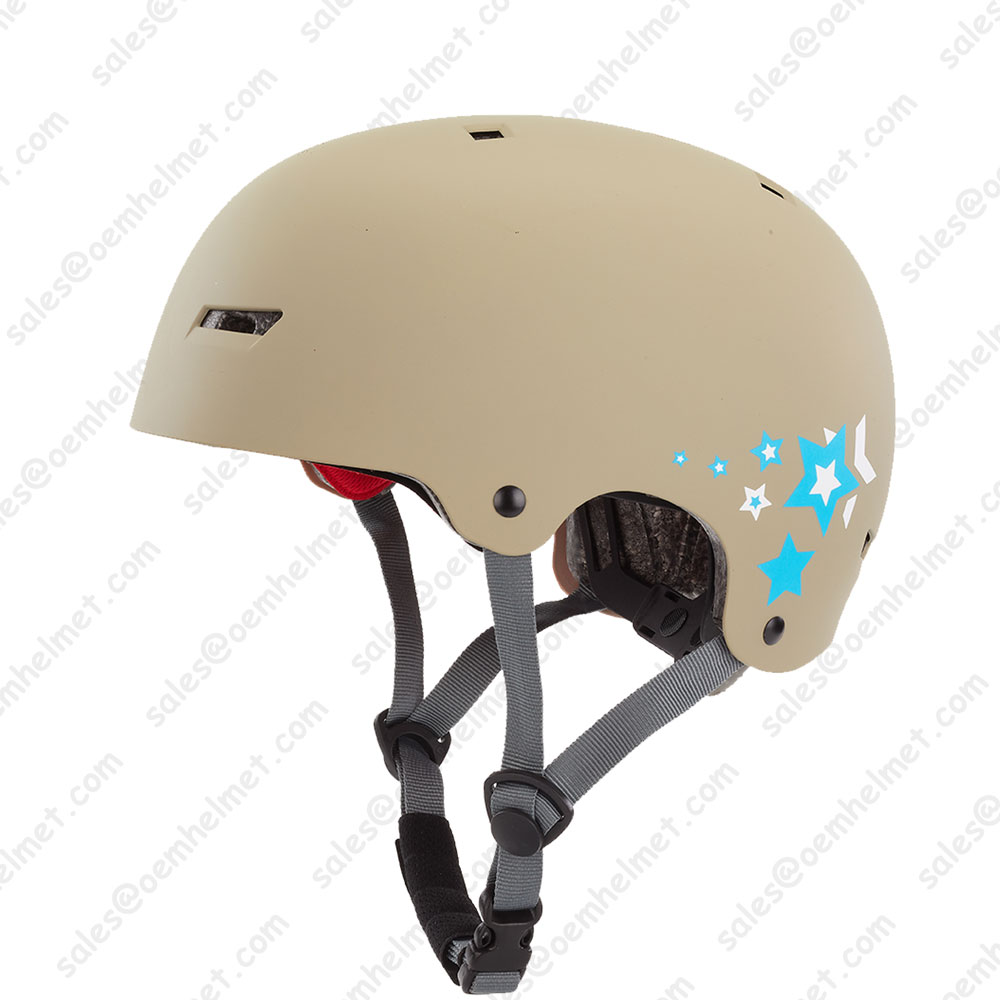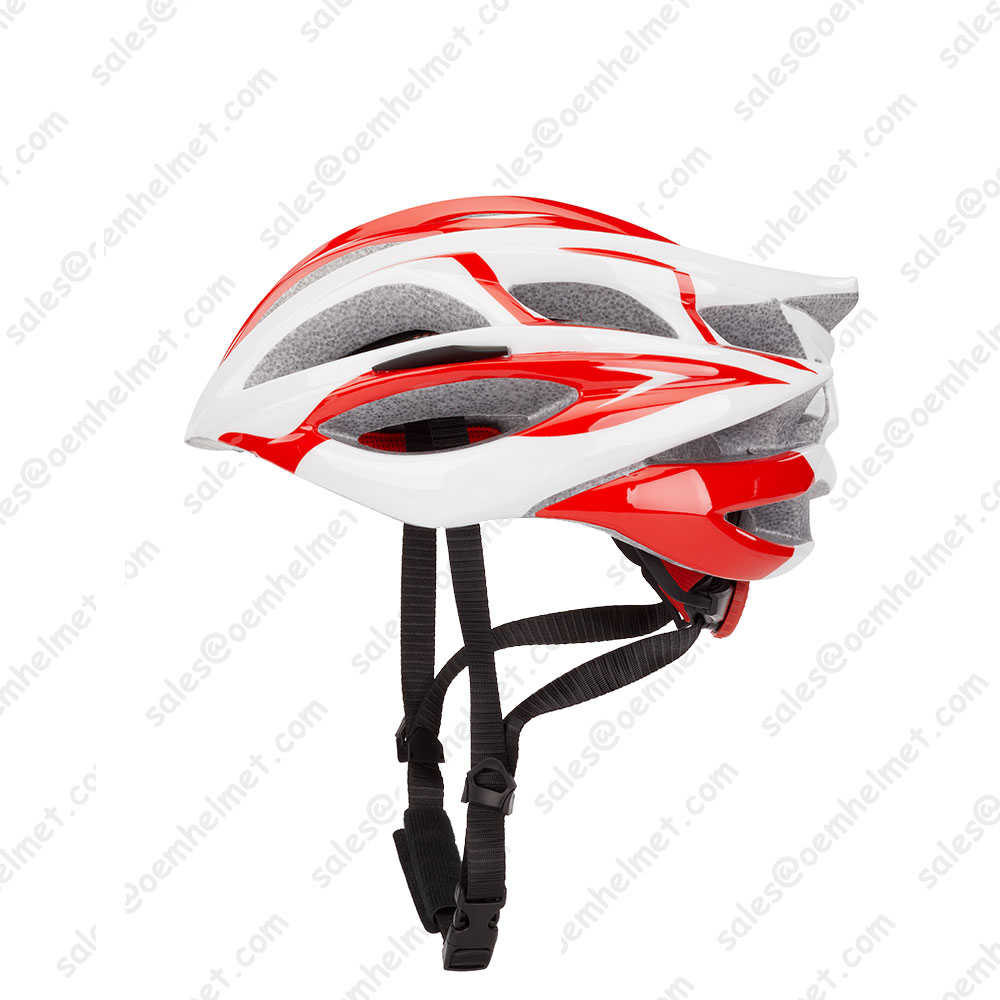AS/NZS 2063: The Australian and New Zealand Certification St
Maximise your safety on the bike, while remaining comfortable so you can fully focus on your performance and enjoy your ride, by choosing the right cycling helmet. All our helmets are certified to a European standard so you can be sure of the highest levels of protection. We stock helmets for both kids and adults, and whether you're looking for a helmet for commuting, would like something highly aerodynamic to put in your best triathlon performances, or something lightweight and breathable for hot summer road races, we have a large range for you to choose from.
Don't mess around when it comes to safety. Bike helmet are an essential for riding, whether in the city or mountain biking. Protection is an absolute must when cycling. Choose from our range for adults and kids, offering sturdy and stylish designs with or without a visor.


Each country has their own standards. Nevertheless, looking at the differences and communalities among these standards, we found that the following steps are applicable to all standards, in terms of testing cycle helmets:
First, the helmet is positioned on a reversed headform (upside down)
The helmet is then made to fall on an anvil
The fall distance varies from standard to standard, between 3.3 to 6.6 feet (1 to 2 metres)
In order for this Australian and New Zealand test to be passed, the accelerometer inside the headform must register less than 200 g for 3 milliseconds, and less than 150g for 6 milliseconds; a g-force, is a measurement of the type of acceleration that causes a perception of weight.
AS/NZS 2063: The Australian and New Zealand Certification Standard for Cycle Helmets
The standard applies to both adults and children.
The certification requirements look at the following elements:
Construction and components: each helmet must have three essential characteristics:
To be able to absorb impact energy
To be able to distribute load
To have a retention system
Retention system: it has to meet the following requirements:
A strap which should be worn under the lower jaw
When the straps are well secured, the retaining system is marked by a tension between all fixing points
Any strap which touches the throat cannot be less than 15mm wide
Irregularities or ridges:
the helmet cannot have any irregularities on the outside (except for the ventilation holes) that are more than 5 mm in height, compared to the general external surface
the helmet cannot have any irregularities on the inside (which could cause injuries)
Materials: the helmet should be built with suitable materials
Ventilation: the helmet should cater for appropriate ventilation, in order to move the heat from the head to the outside.
The Australian and New Zealand cycle helmet certification standards is one of the few ones out there which takes into consideration the fact that children’s heads are lighter. Therefore, there is a recommendation for the kids’ helmets to not exceed 300 grams in weight.
AS/NZS 2063 Testing Standards
The table below shows the tests performed for AS/NZS 2063.
AS/NZS 2063
Country of Origin Australia and New Zealand
Status Published 1996
Anvils Flat
Drop apparatus Twin wire drop rig
Impact velocity, energy o drop height- flat anvil 1.451.80 m.
Drop height- other anvils
Impact energy criteria < 300g, < 200 g for 3 ms, < 150g for 6 ms
Roll-off test Yes
Retention system strength Force applied statically







